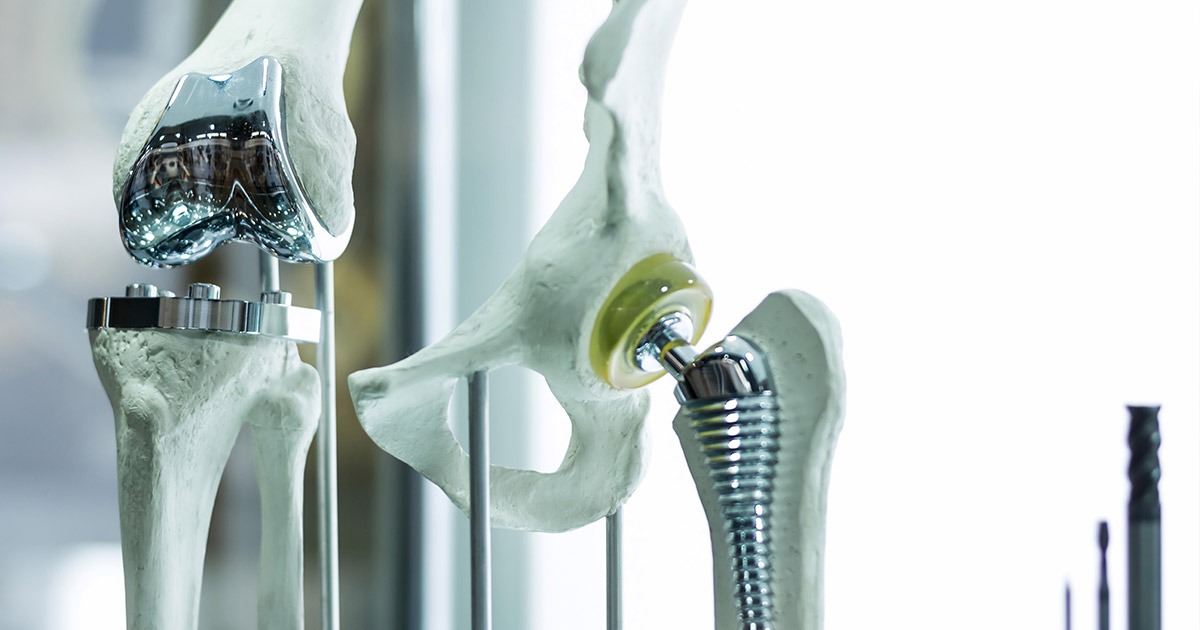- Some Medical Devices Don’t Work as Expected
- Plaintiffs Must Prove the Device is Defective

You got a hip replacement. Everything went well with the operation, and you recovered within a couple of months. For about a year, you enjoyed reduced pain and increased mobility with your new hip. Then something changed. You began to hear a clicking and popping noise when you walked, and your hip started to hurt. Getting up out of the chair became difficult.
Worried, you went back to your surgeon for a checkup, only to find out that your hip replacement had malfunctioned, and you would have to go through another surgery to fix it.
Your new hip was supposed to last for up to 10 years. You’re angry. You start researching your situation and find out that many people have also had problems with this particular hip replacement device. As you shuffle through your new medical bills, you wonder: Is there anything I can do about this?
Some Medical Devices Don’t Work as Expected
Though most medical devices work as they should, sometimes manufacturers fail to do their duty when it comes to making sure their products are safe. They may not test them thoroughly enough before releasing them onto the market, for instance, or they may fail to act once people start reporting problems with the devices.
If a device shows up again and again in databases tracking medical device issues, regulators may get involved and begin investigating. The U.S. Food and Drug Administration (FDA), for example, frequently issues safety communications alerting healthcare providers and patients to issues with certain medical devices and drugs.
If you find that your hip has been the subject of an investigation, was recalled, or has had numerous reports of problems, you may be able to recover your medical expenses in a personal injury lawsuit. But first, you’ll have to prove that the medical device was defective.
Plaintiffs Must Prove the Device is Defective
The law says a device may have three different types of defects:
- Design defect: The way the product was designed is defective or unreasonably dangerous. A good example is a metal-on-metal hip replacement device that pins one metal part against another, encouraging corrosion.
- Manufacturing defect: The way the product was manufactured caused the defect. For example, the manufacturing machine failed to create the appropriate grooves in the product, or cut it in the wrong size.
- Marketing defect: The way the product was advertised was defective. The manufacturer failed to warn the user that the hip implant could fail within a year or two, for example, or failed to alert the doctor to the proper implantation procedure.
Any medical device may fail on occasion, so to prove that your device was defective, you need more evidence than one isolated case of damage or failure. You have a better chance of holding a company liable for your injuries if the product was recalled because of numerous failures, or if you have sufficient evidence that the product was defective. Your personal injury attorney can help you gather that evidence.
Of utmost importance is the device itself. If you had a hip implant that failed, for instance, and you had to go through revision surgery, make sure your surgeon saves the device or the pieces of the device that had to be replaced. Having the device is the only way you can prove what happened with it, and together with your medical records, it can also help prove who manufactured it.


